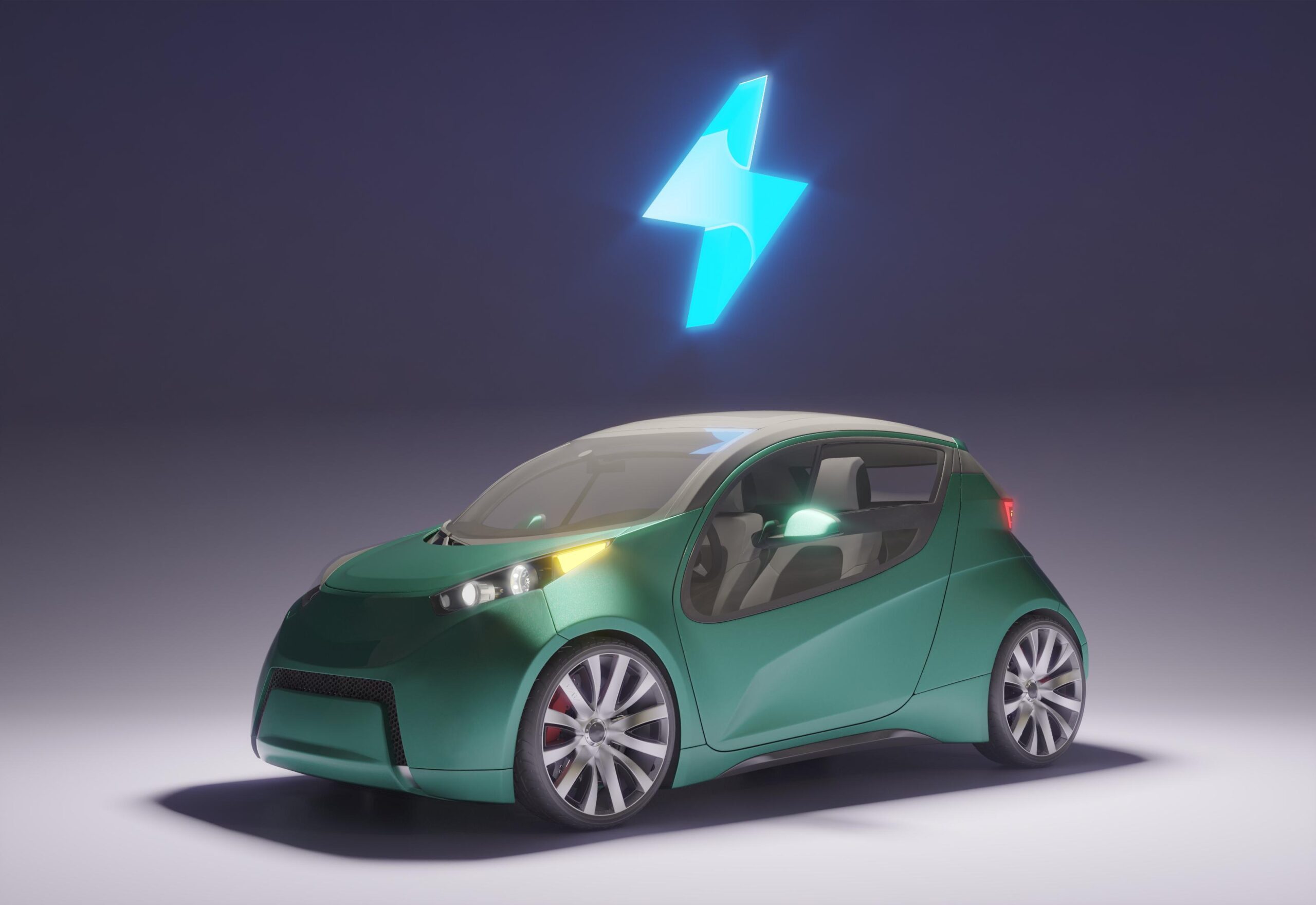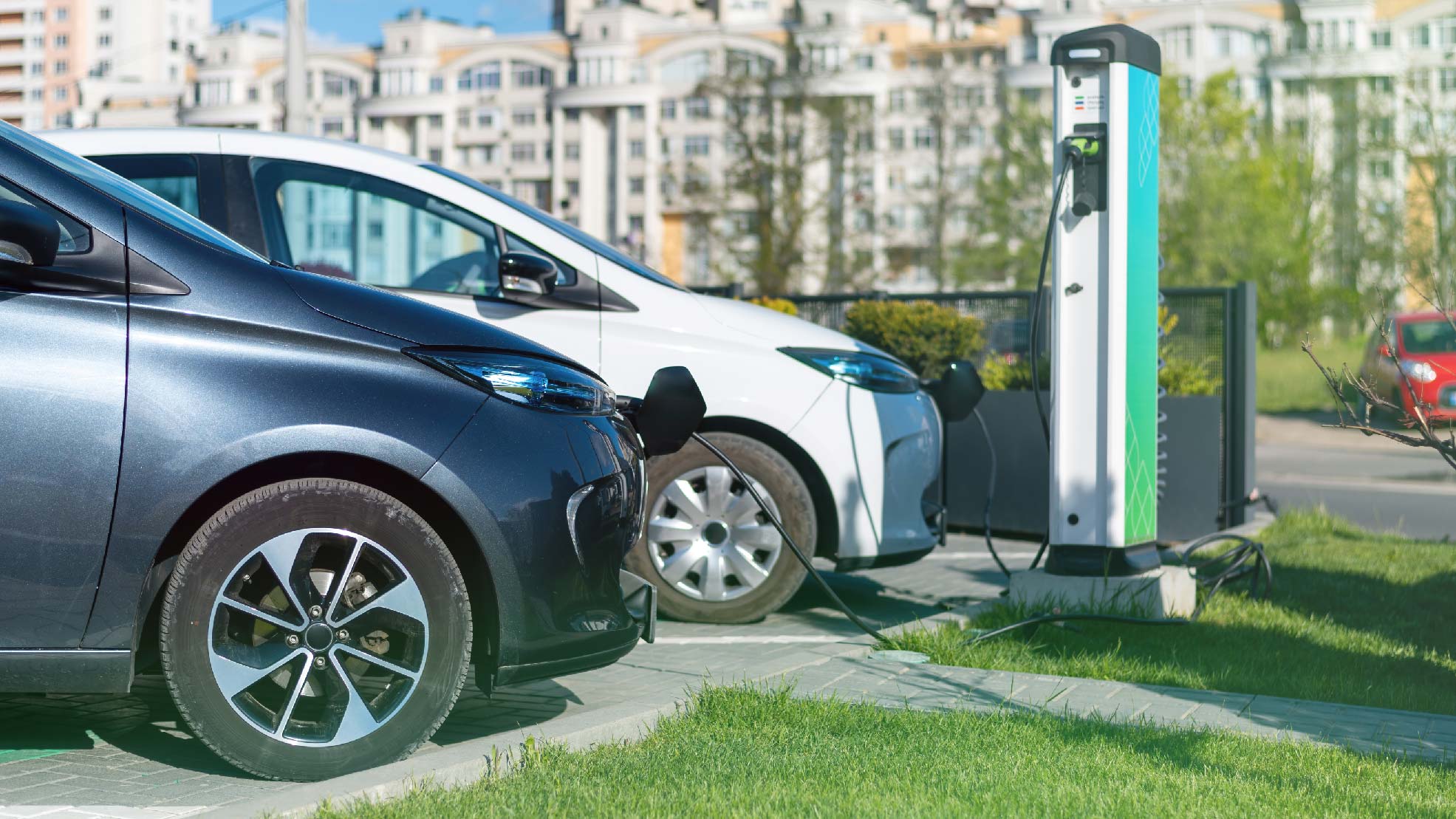Today, electric vehicle (EV) technology comes with a great promise – The promise of automotive sustainability that is achieved by reducing greenhouse gas emissions and improving air quality.
Automotive OEMs are increasingly shifting gears towards electric mobility, while the government and commercial sectors are cooperating to foster an EV-friendly environment.
However, as with any technology, there are questions around their publicized benefits in attaining sustainability.
In this article, we will explore the sustainability of EVs from different angles, including:
- the environmental impacts of their production and disposal,
- their potential to reduce emissions and air pollution,
- and the challenges and opportunities for achieving a more sustainable EV ecosystem.

The Environmental Benefits of EVs
Electric vehicles are gaining popularity as a sustainable alternative to gasoline-powered cars. EVs produce zero emissions, making them an attractive option for those looking to reduce their carbon footprint.
- Cleaner Air – Potential for Reducing Emissions and Air Pollution
- Reduced Dependence on Fossil Fuels – The Role of Renewable Energy in Sustainability
raditional vehicles run on fossil fuels, such as gasoline and diesel, which release harmful pollutants into the air when they are burned. These pollutants can have detrimental effects on both human health and the environment.
One of the key environmental benefits of EVs is that they produce no tailpipe emissions. Unlike gasoline-powered cars, EVs produce no emissions at the point of use. This makes them a much cleaner option for urban areas, where air pollution is a major concern.
In addition to producing no tailpipe emissions, EVs are also more efficient than gasoline-powered cars. On average, EVs convert about 60% of the electrical energy from the grid into power for the wheels, while gasoline-powered cars only convert about 20% of the energy stored in gasoline into power for the wheels. This means that EVs require less energy to travel the same distance as gasoline-powered cars, leading to lower greenhouse gas emissions.
One way to increase the use of renewable energy in the transportation sector is through the development of renewable energy infrastructure. This includes investing in renewable energy generation, such as solar and wind farms, as well as building charging stations for EVs.
Another way to increase the use of renewable energy in the transportation sector is through the implementation of renewable energy policies. For example, some governments have implemented policies that require a certain percentage of electricity to come from renewable sources, such as the Renewable Portfolio Standards in the United States. These policies can help to drive the development of renewable energy infrastructure and increase the use of renewable energy in the transportation sector.
The sustainability of EVs depends, in large part, on the source of the electricity used to power them. If the electricity comes from fossil fuels, such as coal or natural gas, then the environmental benefits of EVs may be limited. However, if the electricity comes from renewable sources, such as solar or wind power, then EVs can provide significant environmental benefits.
Lower Operating Costs
Another advantage of EVs is that they are less expensive to operate than traditional vehicles. Since they run on electricity, EVs are much cheaper to fuel than gasoline or diesel vehicles. According to the U.S. Department of Energy, the cost of electricity is typically much lower than the cost of gasoline, so EVs can help save money on fuel costs over time.
Additionally, EVs require less maintenance than traditional vehicles because they have fewer moving parts. This means that they are less likely to experience mechanical issues and will require fewer trips to the mechanic, which can help save money on maintenance and repair costs.
Improved Driving Experience
In addition to the environmental and financial benefits of EVs, many people also find that they provide a better driving experience than traditional vehicles. Since EVs produce instant torque, they can accelerate quickly, which makes them fun to drive.
Furthermore, EVs are quiet and smooth to operate, which can make for a more enjoyable driving experience.
Motor controllers that drive the EVs now come equipped with regenerative braking feature, which means that the braking system captures the kinetic energy and transfers it into the car’s batteries. Regenerative braking functions by turning back an automobile’s electric motors. It functions as a generator and transfers power back into the electric or hybrid system to extend the range by a small amount. When used often, even a modest increase in battery range can add up and boost productivity over time. Also, this technique uses lesser energy than normal friction braking.
Technology Advancements for EV Energy
Energy storage and efficiency should work together in a technologically synergistic way for mainstream EVs to achieve greater vehicle driving range.

- Energy Storage and Vehicle Batteries
- Power Electronics and Energy Efficiency
One of the most expensive and heaviest components of an EV, lithium-based batteries can make up as much as one-third of the overall weight of the vehicle. Their scale and the on-demand supply of massive amounts of electricity must be balanced. The good news is that technological advancements in batteries have effectively quadrupled energy storage capacity, and battery prices have decreased over the years.
Can battery manufacturers keep up with the enormous rise in the production of EVs? Similar to the present supply chain issue with semiconductors, there are already concerns about the lack of batteries.
Due to China’s dominance in battery manufacture—which accounts for more than 70% of all battery cells—EV battery production may potentially have geopolitical implications.
The onboard charger (OBC) for an electric vehicle transforms AC power from the charging station into DC power to charge the battery. This battery’s DC energy is transformed into the AC needed by the electric motor by the traction inverter. Efficiency, space, and cost issues related to batteries are shared by traction inverters and OBCs.
The development of lighter, smaller, and far more efficient OBCs and inverters is made possible by recent advancements in power semiconductors that outperform conventional silicon systems.
The enhanced driving range that mainstream customers expect is made possible by lighter automobiles that utilise the battery’s stored energy more effectively.
Our blog on how software advancement propels the growth of electric vehicles discusses this topic in more detail.
Environmental Sustainability from EV Cells
Since fuel cells use the chemical reaction between oxygen and hydrogen to produce energy, they are environmentally sustainable. Besides being affordable, they provide comparable performance and durability to alternatives, that are currently reigning the market.
If used, they are anticipated to significantly reduce unit prices and may end up being more cost-effective than both batteries and traditional engines.
Some Challenges Posed by EV Production
One of the main concerns about EVs is the environmental impact of their production. The production of EVs requires the extraction and processing of raw materials, such as lithium, cobalt, and nickel, which can be environmentally damaging if not done responsibly. In addition, the manufacturing of EVs involves the use of energy, which can generate greenhouse gas emissions.
However, it is important to note that the environmental impacts of EV production are not necessarily greater than those of gasoline vehicles. A study by the European Commission found that the production of EVs results in slightly lower greenhouse gas emissions compared to the production of gasoline vehicles, due to the lower emissions from the electricity used to power EVs.
Another concern related to the sustainability of EVs is their disposal. At the end of their life, EVs must be disposed of in an environmentally responsible manner, which includes recycling the valuable materials they contain. Fortunately, most EV components can be recycled, including the batteries, which can be repurposed for stationary energy storage or other uses.
In the recent past, various countries have enacted regulations to ensure responsible handling of EV disposal.
For instance, India enacted regulations for handling battery waste that mandate expanded producer responsibility by demanding manufacturers to offer recycling facilities for used batteries. The government also offers cash incentives to encourage recycling efforts.
Summing Up
Though still a newer concept, EVs will evolve and become more sustainable in the long run.
EVs provide consumers and companies with a sensible option for a cleaner future, as the air pollution brought on by operating ICE vehicles has risen to a great level of concern.
On EV adoption, the way we power our automobiles is about to undergo a revolutionary change that will have a significant impact on the environment. We can only continue to connect the power of governmental policy, popular consumer behaviour, and technological innovation in profoundly novel ways if we want to see such substantial change.





